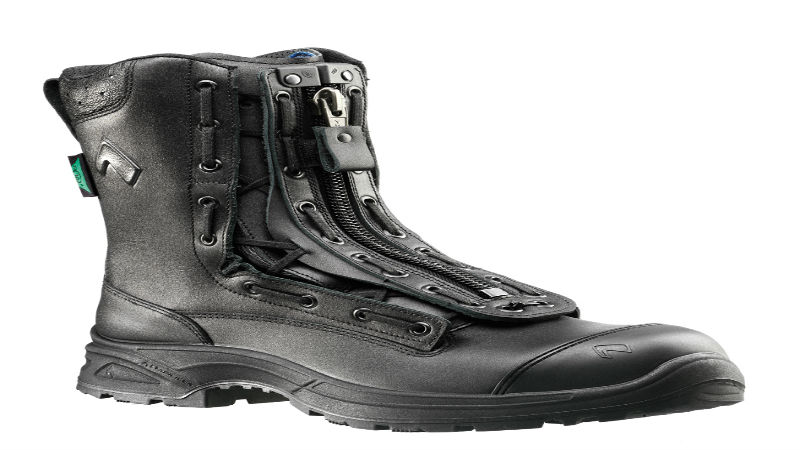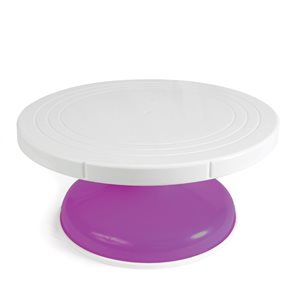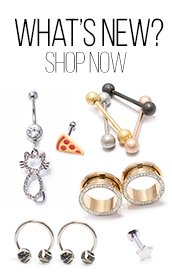Before you even start to mix your cake batter, the majority of cake recipes will instruct you to prep your Round Cake Pans so that your cake will be able to be removed in only one, great looking piece. There are a number of methods used by bakers for ensuring unmolding is pain free, but if you are new to baking, you may wonder what is actually meant by the terms “create the parchment rounds,” and “grease then flour your pan.” Are you absolutely sure that you are doing it right? Also, why do different types of cake recipes require different preparation methods?
Any cake that is fat-based, such as the ones that are made with oil or butter, need a greased pan for a clean release once baking is complete. For these types of cakes it is a good idea to grease the pan with butter, due to the flavor and the fact that it will coat the pan evenly. However, you can also use oil, shortening, clarified butter and not-stick sprays. There are some recipes that will call for the pan to be greased and then floured, which will create a barrier that will ensure that fat does not directly melt into your batter when it is put in the oven. Other recipes will call for parchment use to provide additional assurance. There are a number of sticky types of cakes that will call for both of these things, in addition to double the grease.
There are a number of bakers who will also want to know if it is better to use parchment or flower for the fat based batters. In most cases, it will take you experimenting with both to determine the one that provides you with the best results.
If you are baking a foam based cake, such as chiffon, sponge or angel food, they rely on the air that is trapped in the meringues or egg foams for the volume. When you create these types of cakes, parchment liners alone, with no grease will usually work. This is because the egg foams that are used can easily deflate when they are exposed to any fat. Also the cake needs to stick to the pan’s sides to provide additional structure and support as they are baked.
Now that you have reviewed this information, you can make great looking and great tasting cakes. Also, you will know what you should do, when a recipe calls for you to prepare your pan.


